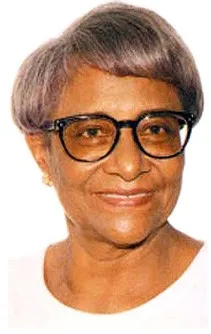Our Nation Builders
The Cayman Islands has produced ‘Nation Builders’ who have evolved over the years as we have grown from a tiny remote village to the diverse cosmopolitan ‘melting pot’ that we are today.
Our Symbols
National Bird – Cayman Parrot
The Grand Cayman parrot is iridescent green with a white eye ring, red cheeks, black ear patches and brilliant blue wing feathers. The Grand Cayman parrot inhabits the main island while the smaller, quieter Cayman Brac parrot occupies the sister island. The Cayman Islands’ parrots are two subspecies of the Cuban parrot and cannot be found anywhere else in the world.
National Flower – Wild Banana Orchid
The wild banana orchid is the best known of Cayman’s 26 species of orchids. There are two varieties, both of which carry scented flowers with white or pale, yellow petals and purple lips.
National Tree – Silver Thatch Palm
The tall, slender silver thatch palm was an important natural resource for early settler who used the leaves to make rope, brooms, and roofs. Up until the early 1960s, the silver thatch palm played an important role in the Cayman Islands, its tough leaves often used for roofing and weaving hats, baskets and fans. In earlier years, straw rope made from the thatch palm was highly prized in Cuba and Jamaica for use in shipping, fishing and sugar industries. Exporting rope was Cayman’s largest source of revenue.
National Flag
The Cayman Islands flag, the official ensign, was adopted in 1959. Shortly after, the coat of arms was adopted. There are two versions of the flag—the blue for use on land and the red for use at sea. These are based on the British blue and red signs.

National Song – “Beloved Island Cayman”
“Beloved Isle Cayman” was written by the late Mrs. Leila Ross Shier in 1930. Regarded as the unofficial national song for many years, it became the official national song when the Cayman Islands Coat of Arms, Flag and National Song Law was passed in 1993.
Coat of Arms
The Cayman Islands coat of arms consists of a shield, a crested help and the national motto. The three green stars set within the shield represent the Islands. The stars rest on blue and white wavy bands representing the sea. The gold lion against the red background represents Great Britain. Above the shield are a green turtle, a rope, and a pineapple. The turtle represents Cayman’s maritime heritage, the rope its traditional thatch-rope industry, and the pineapple its ties with Jamaica. The national motto printed at the bottom of the shield is a verse from Psalms 24 and acknowledges the Cayman Islands’ Christian heritage.

-Manoah-Bodden.webp)






 A man with vision and drive, William Warren Conolly, OBE, JP was a major player in Cayman’s political, economic and social landscape. He grew up a devoted scholar qualifying for entrance to college overseas. However a lack of funds thwarted his dream of obtaining a higher education.
A man with vision and drive, William Warren Conolly, OBE, JP was a major player in Cayman’s political, economic and social landscape. He grew up a devoted scholar qualifying for entrance to college overseas. However a lack of funds thwarted his dream of obtaining a higher education.
